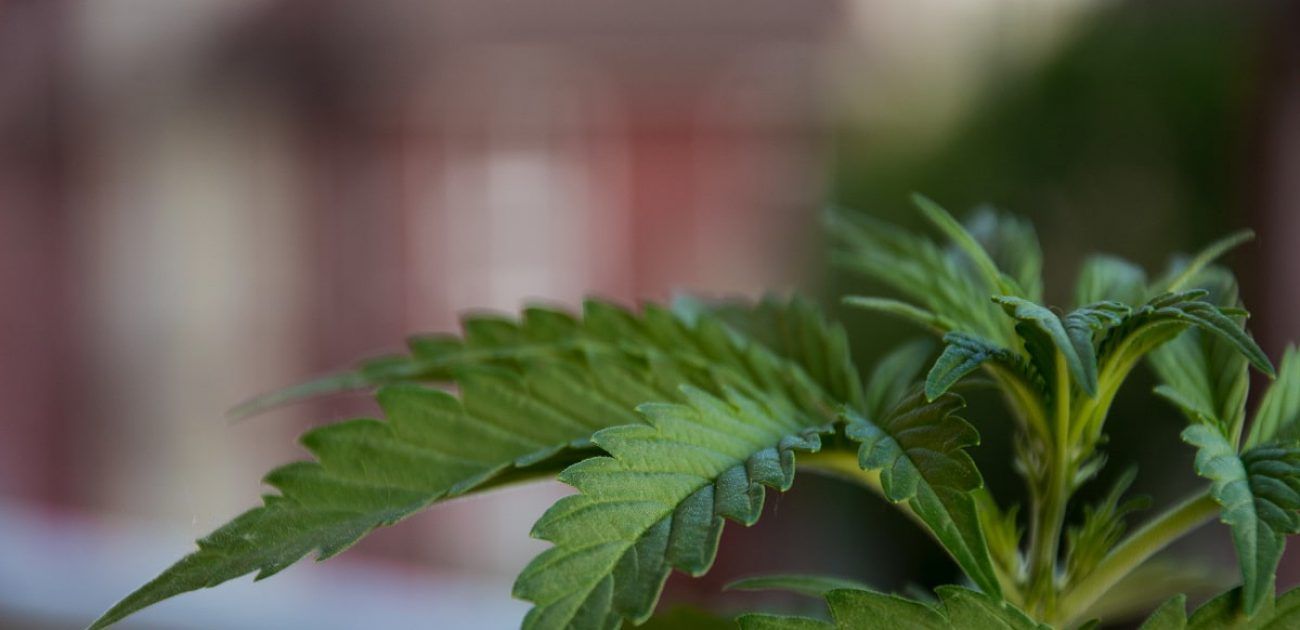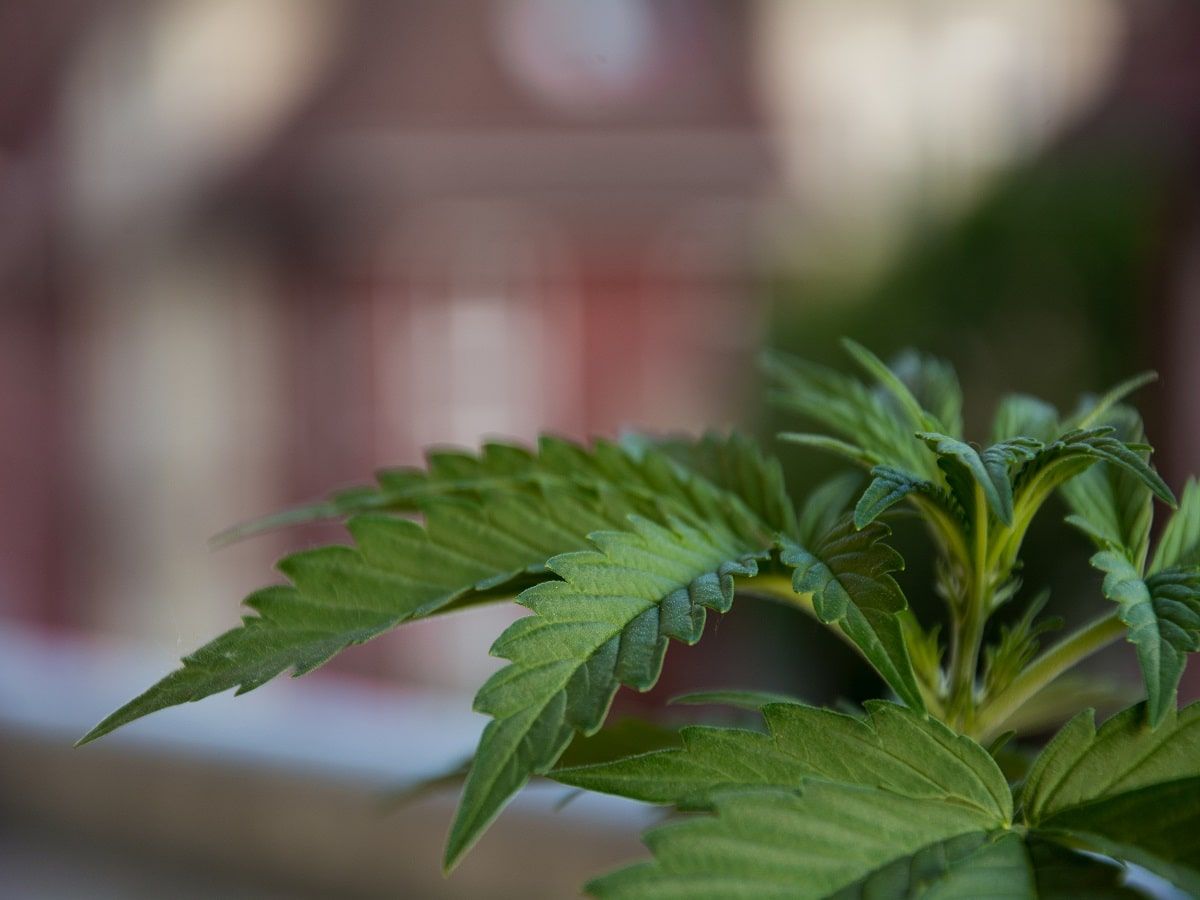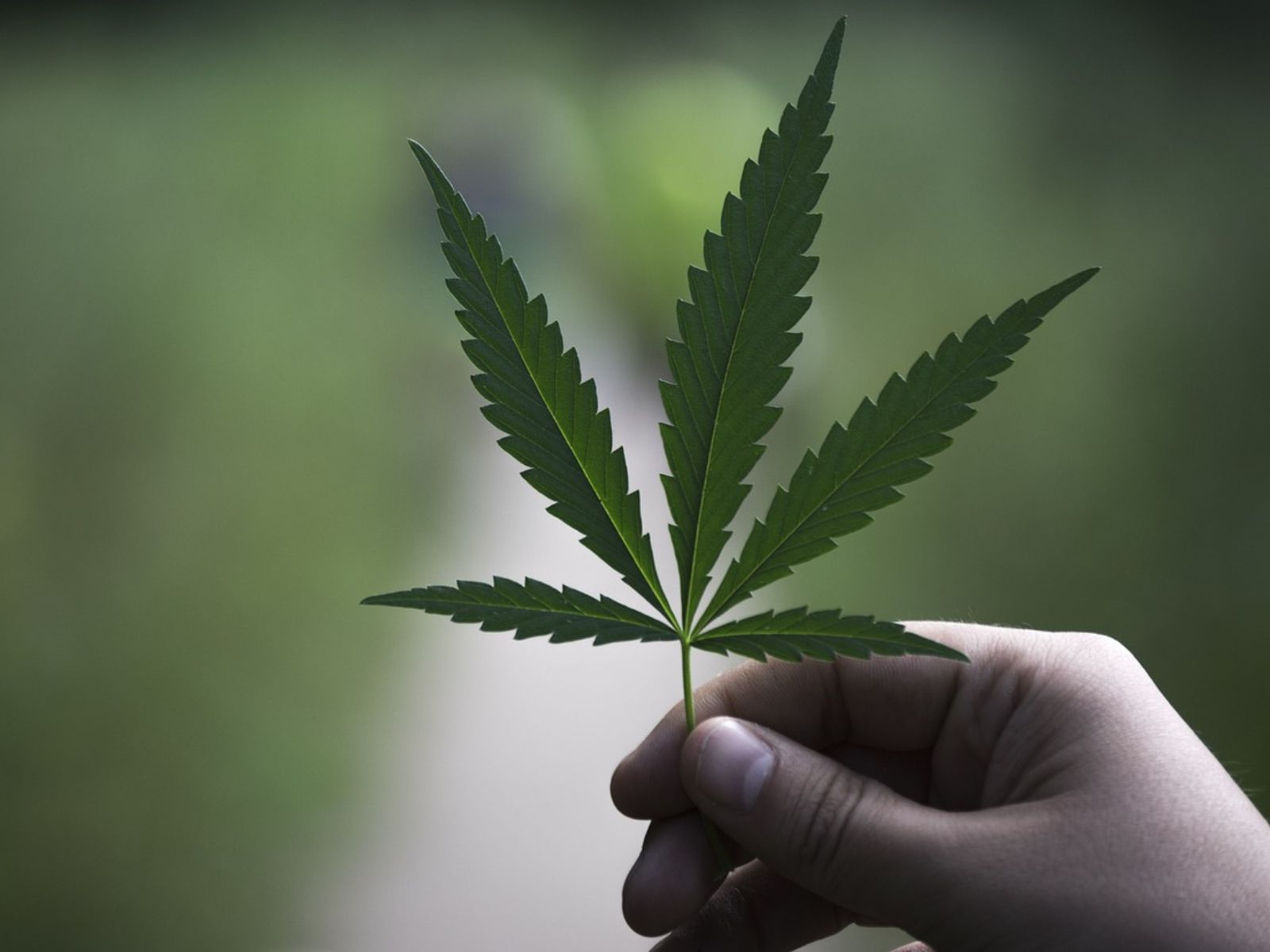
Cannabis DUI Laws Must Be Based On Science, Not Political Fearmongering

Cannabis DUI Laws Must Be Based On Science, Not Political Fearmongering
If there is one area of public policy that cannabis opponents and responsible cannabis advocates can agree on, at least at a macro level, it is that people should not operate a motor vehicle on a public roadway when impaired by cannabis use. Public roadways should remain safe at all times, and that extends to all forms of substance impairment, not just cannabis.
Unfortunately, cannabis opponents and advocates diverge when it comes to the details of what driving under the influence (DUI) of cannabis enforcement should entail. Cannabis opponents typically fall into one of two cannabis DUI enforcement camps.
The first is a zero-tolerance approach in which any amount of tetrahydrocannabinol (THC) in a person’s system results in a penalty, including THC that entered the person’s system weeks or months ago and has long since metabolized.
A second approach that is called for, both by opponents and policymakers who do not have a solid understanding of cannabis, is to have a per se limit. Per se limits involve a set threshold similar to what is in place for alcohol. Using the United States as an example, the per se threshold for alcohol is a .08 blood alcohol level. If someone is found to be above that threshold, they are automatically charged with a DUI.
Both of the previously mentioned approaches to cannabis DUI enforcement are flawed for multiple reasons due to what cannabis impairment involves and how human biology works as it pertains to cannabis consumption. Implementing either model is bad for consumers, taxpayers, and ultimately bad for governments, including members of law enforcement and courts who have to oversee the flawed approaches to cannabis DUI enforcement.
The obvious goal when it comes to effective cannabis DUI enforcement is to deter impaired drivers from operating a motor vehicle on public roadways and to penalize truly impaired people. Lawmakers must recognize that there is no one-size-fits-all answer to ‘how long is someone impaired after using cannabis’ and implement laws and rules that calculate for that fact.
In 2021, a team of researchers affiliated with the Lambert Initiative for Cannabinoid Therapeutics at the University of Sydney (among others) conducted a comprehensive analysis involving 80 scientific studies to identify the ‘window of impairment’ for cannabis. The researchers’ findings were published in the academic journal Neuroscience & Biobehavioral Reviews.
“The increasing legal availability of cannabis has important implications for road safety. This systematic review characterised the acute effects of Δ9-THC on driving performance and driving-related cognitive skills, with a particular focus on the duration of Δ9-THC-induced impairment. Eighty publications and 1534 outcomes were reviewed.” the investigators stated about their research.
“Several measures of driving performance and driving-related cognitive skills (e.g. lateral control, tracking, divided attention) demonstrated impairment in meta-analyses of “peak” Δ9-THC effects (p’s<0.05). Multiple meta-regression analyses further found that regular cannabis users experianced less impairment than ‘other’ (mostly occasional) cannabis users (p = 0.003) and that the magnitude of oral (n = 243 effect estimates [EE]) and inhaled (n = 481 EEs) Δ9-THC-induced impairment depended on various factors (dose, post-treatment time interval, the performance domain (skill) assessed) in other cannabis users (p’s<0.05).” the researchers also stated.
“The latter model predicted that most driving-related cognitive skills would ‘recover’ (Hedges’ g=–0.25) within ∼5-hs (and almost all within ∼7-hs) of inhaling 20 mg of Δ9-THC; oral Δ9-THC-induced impairment may take longer to subside. These results suggest individuals should wait at least 5 -hs following inhaled cannabis use before performing safety-sensitive tasks.” the researchers concluded.
The study’s results demonstrate that just because someone has THC in their system, it doesn’t automatically equate to the person being impaired at the time of the testing. It is individual and situation-specific and depends on many factors.
Furthermore, the study also demonstrates that more frequent cannabis consumers are less impaired than infrequent consumers when the same amount of cannabis is consumed due to varying tolerance levels.
That latter part is particularly problematic for per se DUI laws because per se laws disproportionately penalize frequent consumers who are less likely to be actually impaired, yet almost always test above the per se THC threshold. Meanwhile, infrequent cannabis users who are more easily impaired and may pose a true danger to public roadways often test below the per se limit because they do not have the built-up metabolized THC in their systems compared to frequent users.
In laypeople’s terms, per se limits often penalize people who are not impaired, while simultaneously often failing to catch the people who are actually impaired. In addition to that being illogical and dangerous, per se laws can have negative impacts on a nation’s criminal justice system by wasting the time of law enforcement and courts with challenged cases often being disaffirmed once they are adjudicated. Those cases are a waste of law enforcement’s time, the courts’ time, and a waste to taxpayers.
A per se limit makes sense for alcohol because of how the body metabolizes alcohol. Whereas consumed alcohol is typically detected in a person’s bodily fluids for 1-3 days, cannabis can stay in a person’s system for as long as 100 days, long after impairment has worn off. Per the previously cited study from the University of Sydney, cannabis impairment lasts for 3-10 hours, depending on the consumer.
Should people who consume alcohol on the first day of the year be charged with a DUI several weeks or even months later? Of course not. Assuming that they refrained from consuming alcohol again after that first day of the year, the impairment had long since subsided. However, that is basically what is happening when the same principle is applied to cannabis due to how the human body metabolizes THC and how long THC stays in a person’s system.
Per se THC limit policies and zero-tolerance THC limit policies are not based on sound science. Policymakers who push for them are either basing their opinions on political fearmongering or a lack of knowledge about how cannabis consumption and human biology actually work (or both).
The rise of the consumption of cannabidiol (CBD) products has created another problem for policymakers, law enforcement, courts, and taxpayers. CBD use is not associated with impairment for the purpose of DUI enforcement. However, quality cannabidiol products typically contain trace amounts of THC, and if someone consumes enough CBD products containing those trace amounts of THC, the THC can build up in a person’s system over time.
If tested, the person in that situation will violate a zero-tolerance DUI law, and possibly a per se DUI law depending on the THC threshold involved, even though the person was presumably never impaired at any time. DUI public policy and enforcement are far more nuanced than many people may think, and that is why it needs to be based on science, and not based on political fearmongering and/or ignorance.
The best approach to cannabis DUI enforcement is a comprehensive approach involving field sobriety tests and situation-specific circumstances. Law enforcement should be allowed the flexibility to consider all of the factors, including whether the driver truly appears to be intoxicated or not, there is the presence of obvious recent cannabis use, etc.
Conversely, the accused must always have the right to proper due process and be able to appeal their charge(s) if they feel that they are being falsely accused. The facts and science should lead the way, ensuring that the right determination is made regarding whether the driver was truly impaired at the time of the incident.
Just because someone has metabolized THC in their system does not automatically mean that they were impaired at the time of testing, just as someone testing below an arbitrary THC per se threshold does not automatically mean that they were not impaired at the time.
Those approaches should be coupled with robust government and industry-led awareness campaigns that educate patients and consumers about the facts of driving under the influence of cannabis. Part of those education efforts should harness advanced technology to help patients and consumers determine ahead of time if they are impaired, such as the development of apps that incorporate questionnaires about the type and amount of use involved, individual criteria, such as how often the person consumes cannabis, and various activities to help the app gauge the person’s reaction time and other useful information.
As with most things cannabis-related, we are all in this together. Responsible cannabis advocates should want to keep themselves and others safe, governments should want to make efficient use of limited public resources, and members of the industry should want patients and consumers to consume cannabis responsibly.
Share article
Ticket Prices increase
JANUARY 28

Ticket Prices increase
JANUARY 28

Join Our Awesome Community
Join Our Awesome Community
Join Our Awesome
Community
Get all the latest industry news
delivered to your inbox







